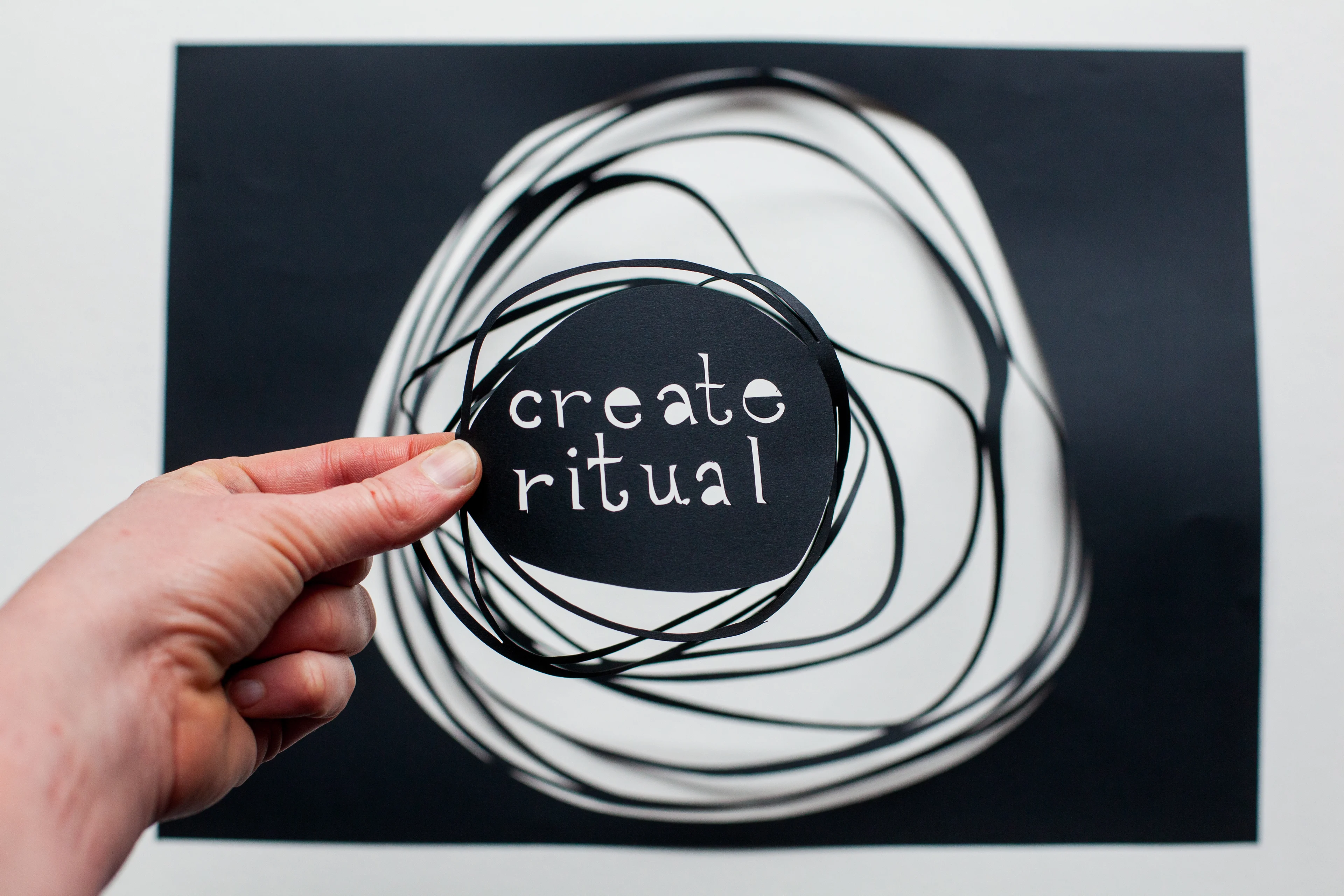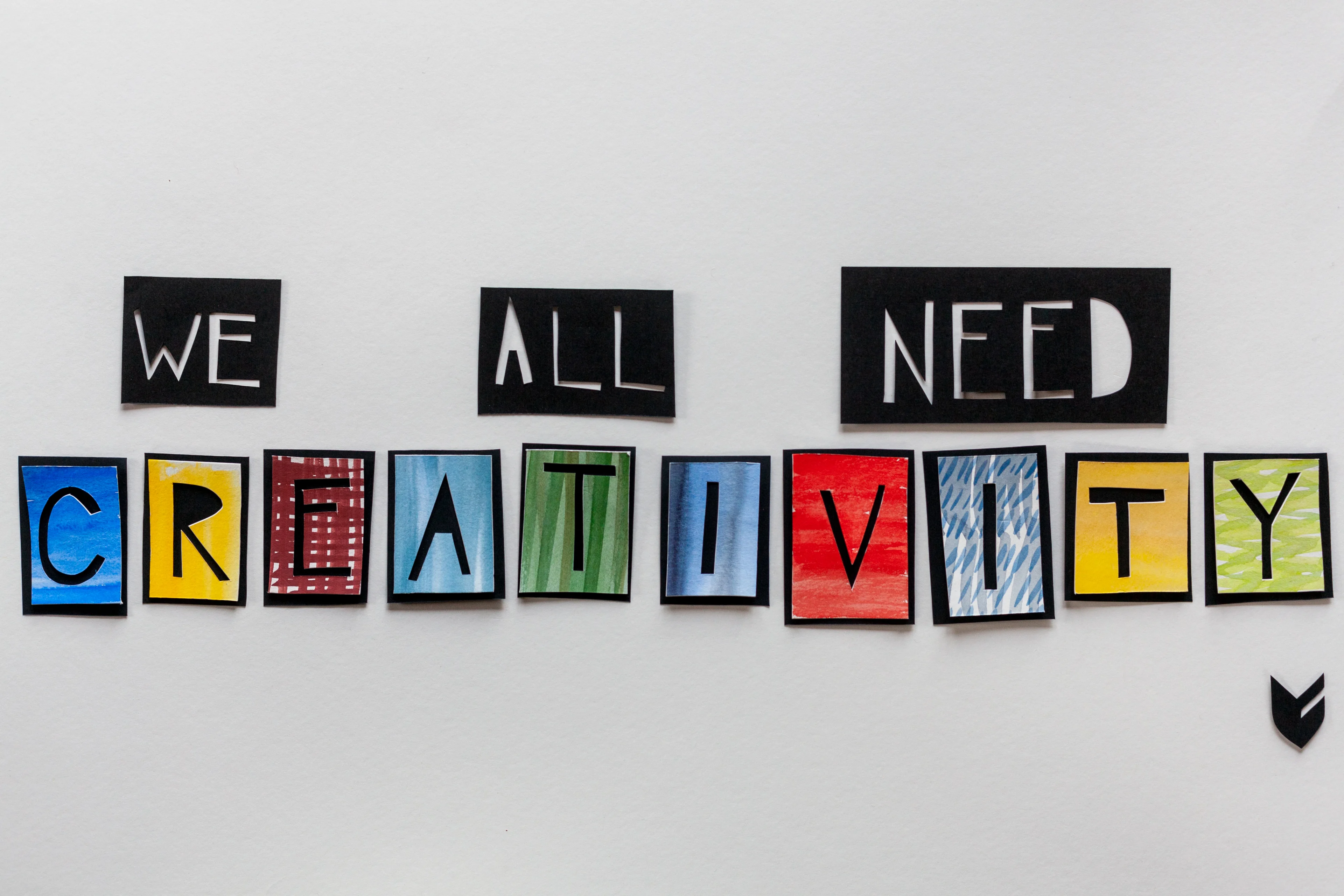The Creative Fuel Series: How Ritual Feeds Creative Practice
- 28 March 2022
- ByAnna Brones

We tend to have a cultural view of the creative process as a little bit all over the place—chaotic, messy, spontaneous. It can of course be all of those things, but pull the curtain back and you start to realize that behind a lot of great creative work there’s an incredible amount of discipline and ritual. Creativity doesn’t just miraculously happen, it flourishes when we give it parameters to work within.
As Mason Currey writes in his book Daily Rituals, “a solid routine fosters a well-worn groove for one’s mental energies and helps stave off the tyranny of moods.” The book, and the follow-up edition Daily Rituals: Women at Work are a reminder that routine is perhaps the most essential part of creative practice. This is not to say that there’s a formula. The various creative rituals and routines of different artists can be wildly different in how they manifest. Ernest Hemingway for example religiously rose early with the first light of the day, whereas Louise Bourgeois, who struggled with insomnia, would often take advantage of the nighttime hours, sitting up in bed with her “drawing diary.” Yet no matter what form they take, these rituals and routines provide structure, they create a space in which creativity can flourish.
Last month we looked at the link between creativity and wellbeing, and why we all need creativity in our everyday lives. But if we know we need creativity, how do we focus on it and how do we cultivate it? This is where ritual comes in.
Why do we need ritual?
When we practice something and do it regularly, we lessen the cognitive load on our brain, and our actions become more automatic. We can do tasks without really thinking about them, more as if we are on autopilot. Think about your creative practice and what it felt like early on when you were just a beginner. If you’re comfortable with your tools and your craft, it’s easier to get in the flow of your creative work because your brain isn’t necessarily focused on executing the task at hand and has more space for creative problem solving. This is an excellent argument for developing and practicing your craft regularly.
Ritual helps our brain figure out what to focus on, avoiding some of the extra stuff that can usually distract and impede us. As Andrea Morris writes in Forbes, “Like creative flow, ritual promotes thought suppression–tuning out the inner critic, dampening brain chatter, centering and focusing the mind and decreasing anxiety before executing complex tasks.”
But a ritual isn’t just habitually showing up for creative work. Ritual requires intention. There’s a sense of purpose behind ritual. We sit down every day at the same time and write a certain amount of words. We schedule in a walk in the afternoon as a way to have a break and let the mind wander. We make a certain meal on Friday night to celebrate the end of the workweek and tell the brain that it’s time to switch off.
When it comes to creative rituals, perhaps the most well known are Julia Cameron's morning pages, a ritual outlined in her book The Artist’s Way. Many adhere to this ritual, a daily practice of stream-of-consciousness writing that helps to remove the mental cobwebs first thing in the morning. Christoph Neimann has a well-known ritual of sketching and doodling on Sundays, and walks and early mornings have fueled many a creative soul.
There are all kinds of rituals that can help to fuel the creative spirit, and not all of them fall into the “get work done” category. In fact, some of the most important creative rituals can be the ones that we use to take care of our physical and emotional health. Rituals are in fact essential for mental wellbeing. They offer us a sense of control, and they can help to make us feel less anxious and concerned with failure, acting as a "buffer" against anxiety and uncertainty.
How to incorporate rituals into your creative practice
As human beings, we’re creatures of habit, and good intentions will only get us so far. “I’m going to sit down every morning and write” is an admirable intention, but it requires a ritual to turn it into a practice. A ritual creates predictability, which means that the brain has to make fewer choices. So if we’re wanting to do that morning writing, maybe we set the notebook next to the cup of coffee and commit to writing as we drink our first cup. If we get in the habit, the coffee being poured into the cup becomes a cue that it’s time to write.
Even a regular routine can evolve into a ritual if we want it to. As Casper ter Kuile writes in The Power of Ritual: How to Create Meaning and Connection in Everything You Do, the “sacredness is in the doing.” So it’s not what you do, but how you do it. For example, going to bed is pretty routine, something that we do every day. But knowing that rest is essential for the creative process, what ritual do we have around going to bed? Do we aim for a specific time, do we make a specific herbal tea before bedtime, or do we read a book? These are all ways to infuse ritual into our every day.
What do you need from your creative rituals?
If you’re looking to set rituals, start by thinking about your creative practice and your creative work. When do you feel the most creative? When do you feel the most focused? What activities give you the space for brainstorming and thinking? A ritual can be short and simple, like writing or sketching for five minutes every morning before you do anything else. It can be more involved, like making a plan to go on a walk every single day at the exact same time. Whatever the ritual is, think of what you want it to serve. Do you want it to be a ritual of creating something (drawing, writing, etc.) or is it a ritual that’s intended to help fuel other parts of the creative process? You may not be drawing during a long walk, but you’re giving the brain the space it needs for engaging in other important parts of the creative process like marinating on ideas.
A ritual can be as simple or as complicated as you want it to be. Think about some of the rituals that athletes have, like Serena Williams bouncing the ball five times before she serves. “The utility of the ritual isn’t related to its practicality,” said professor Mike Norton in an interview with Harvard Business Review. “Absurd rituals can have high utility. If it helps you create that sense of control, if it calms your anxiety, that’s what matters.”
Allow the ritual to be your mental cue
Another way to think of a creative ritual is a mental cue, like the pouring of the first cup of coffee I mentioned above. The ritual is the thing that says “it’s time for creativity now.” Of course, there’s no on/off switch for creativity, but the more predictability that we create, the more we can help our brains be on autopilot. Finding a way to mark the start of your creative work can be helpful, like lighting a candle, arranging your pencils and whatever is on your desk, or taking a few deep breaths before starting can help to create the cue to help us kickstart our creative process. Rituals don’t just have to be personal things. If you’re working with a team of people, think how a regular ritual might be a catalyst for everyone’s creative wellbeing. Or maybe you make a ritual out of a weekly phone call with a fellow artist friend to discuss what you’re working on or to brainstorm ideas.
However we shape them and however we employ them, rituals offer a scaffolding for creative work. They give us something to rely upon when the building process is uncertain and shaky. It’s not that rituals make creative work less messy or chaotic, but they give us some parameters to help control the situation and feel like we can navigate a little better.
28 March 2022
Words by:Anna Brones
Tags
- Share
